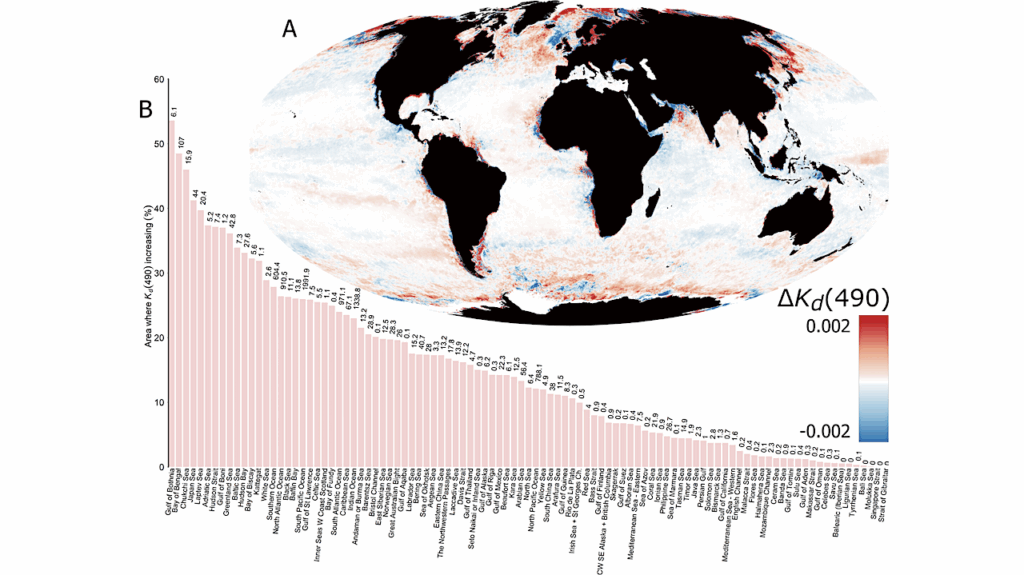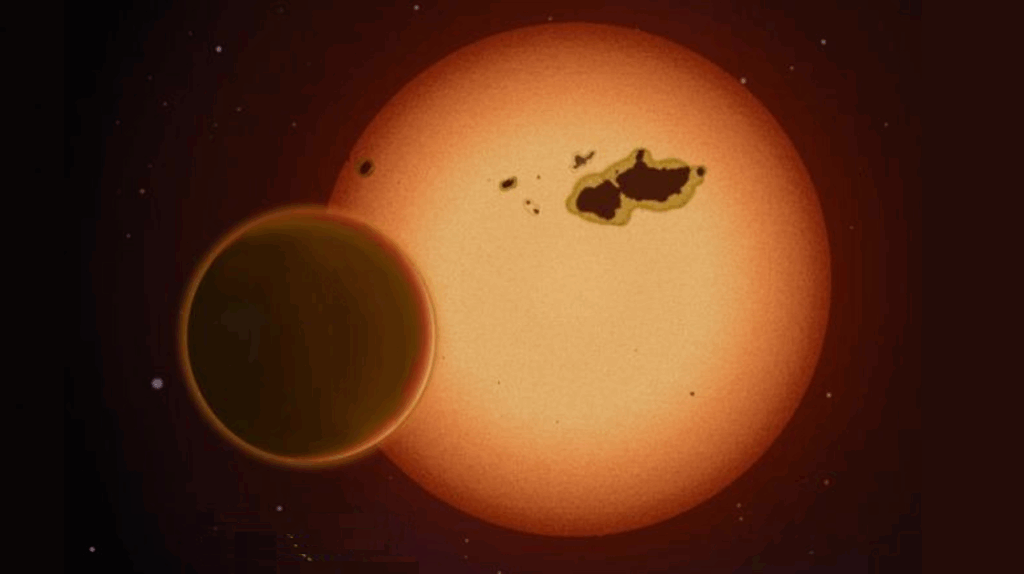Habitable Zones in Binary Star Systems: A Zoology

Several concepts have been brought forward to determine where terrestrial planets are likely to remain habitable in multi-stellar environments. Isophote-based habitable zones, for instance, rely on insolation geometry to predict habitability, whereas Radiative Habitable Zones take the orbital motion of a potentially habitable planet into account.
Dynamically Informed Habitable Zones include gravitational perturbations on planetary orbits, and full scale, self consistent simulations promise detailed insights into the evolution of select terrestrial worlds. All of the above approaches agree that stellar multiplicity does not preclude habitability. Predictions on where to look for habitable worlds in such environments can differ between concepts. The aim of this article is to provide an overview of current approaches and present simple analytic estimates for the various types of habitable zones in binary star systems.
Siegfried Eggl, Nikolaos Georgakarakos, Elke Pilat-Lohinger
Comments: accepted; MDPI galaxies
Subjects: Earth and Planetary Astrophysics (astro-ph.EP)
Cite as: arXiv:2009.00144 [astro-ph.EP] (or arXiv:2009.00144v1 [astro-ph.EP] for this version)
Submission history
From: Siegfried Eggl
[v1] Mon, 31 Aug 2020 23:22:46 UTC (3,008 KB)
https://arxiv.org/abs/2009.00144
Astrobiology








